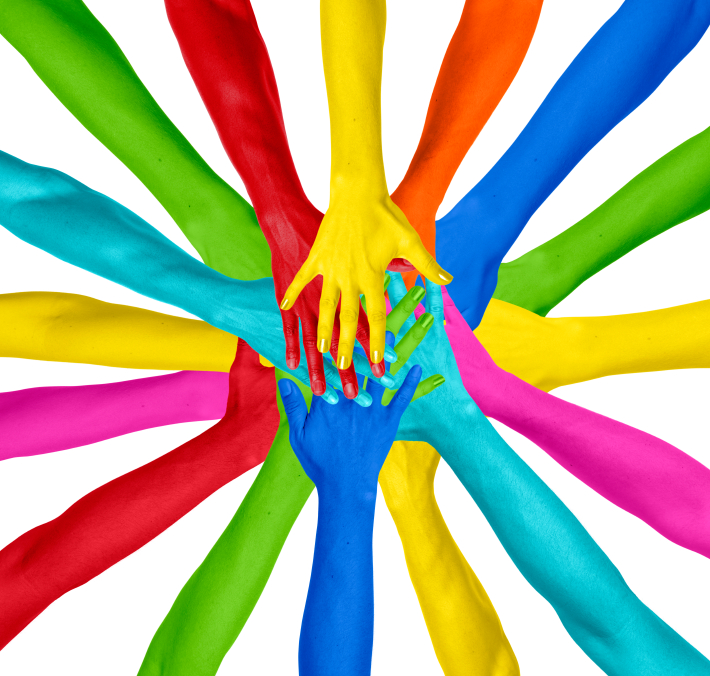 What makes employees productive and engaged at work? A safe, inspiring work environment that consistently treats them with trust, respect, and dignity.
What makes employees productive and engaged at work? A safe, inspiring work environment that consistently treats them with trust, respect, and dignity.The problem is that leaders typically put more time and energy into their team or department’s products and services than they do into its culture, yet culture drives everything that happens in organizations, good or bad. Leaders of high performing, values aligned teams and organizations are intentional about their team culture. They pay attention to how their team is operating, not just to how their team is performing.
Government organizations face many challenges today. Limited funding, reduced staffing, increased demand, and higher customer expectations can make the work environment lifeless and frustrating for leaders and employees. A huge challenge in many government organizations today is a wide range of generations in their work environment. Approaches and actions that inspired Baby Boomers years ago do not inspire Gen X’ers, Gen Y’ers/Millennials, or Gen Z’ers. Many government leaders tell me that their workforce is fragmented. They don’t have “one team” with one mind, one voice, and one heart. They have a “group” of individual players (and cliques) that battle for limited resources, time, and funding. It is extremely difficult to meet performance standards with a “group” of employees.
How can you create “one team”? How can you bring these very different generation members together, aligning their knowledge, skills, and passions to serve customers well?
Leaders of high performing, values aligned teams create clear performance expectations and hold themselves, team leaders, and team members accountable for them. And, they create clear values expectations and hold themselves, team leaders, and team members accountable for them, as well.
How do they create this clarity? Through an organizational constitution. An organizational constitution is a formal document that specifies the team’s purpose, values and behaviors, strategies, and goals. The team’s purpose defines why it exists, what it does, for whom, and to what end. It creates a meaningful “reason for being” beyond transactional activities that fill one’s day.
Values define what a great team citizen looks like, acts like, and sounds like. Values are defined in behavioral terms so that everyone knows the “minimum performance standards” for interactions and commitments. Most organizations already have some strategies and goals in place, which makes their development a bit simpler.
Leaders need to involve employees at all levels and of all generations in the process of building their organizational constitution. Leaders create a draft of the team’s purpose, values and behaviors, strategies, and goals, then ask employee feedback on these initial ideas. Leaders include employees good ideas, and the organizational constitution is put into place.
The hard part isn’t defining elements of the organizational constitution – its aligning everyone’s plans, decisions, and actions to those elements. Leaders must model the values and behaviors consistently – and celebrate great team citizenship behaviors as loudly as traction on team goals.
An organizational constitution creates the foundation for “one team.” It makes values – team citizenship – as important as team performance. When employees experience values alignment – when they are treated with trust, respect, and dignity, by leaders and peers, no matter their generation – they bring their whole selves to work.
They’re engaged, productive, and inspired.
Don’t leave your team or department culture to chance. Create “one team” – with one heart, one mind, and one voice – with an organizational constitution.
For more information about organizational constitutions, get a free sample chapter of Chris’ upcoming book, The Culture Engine.



